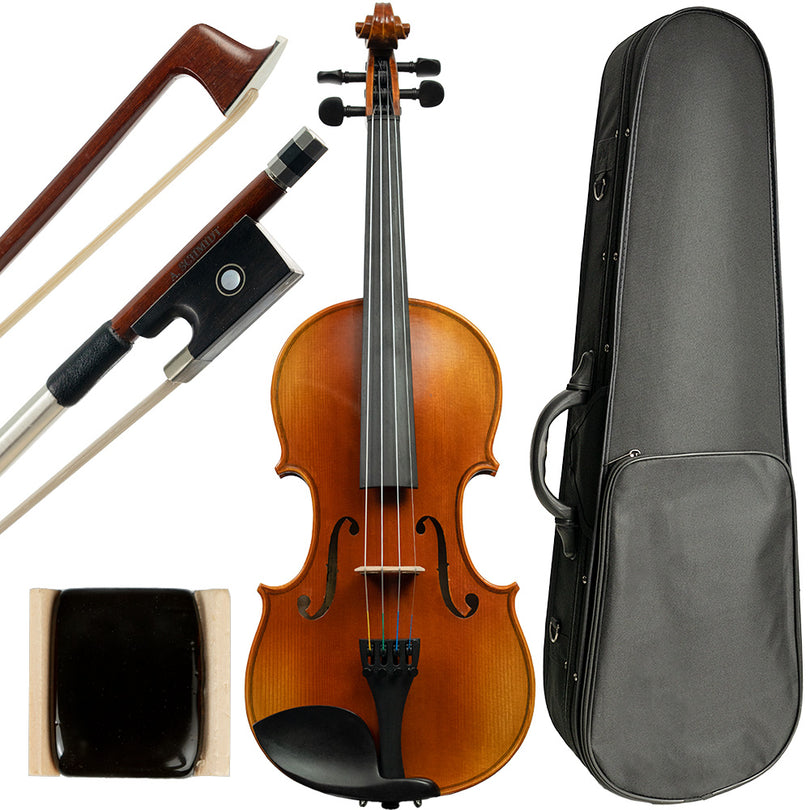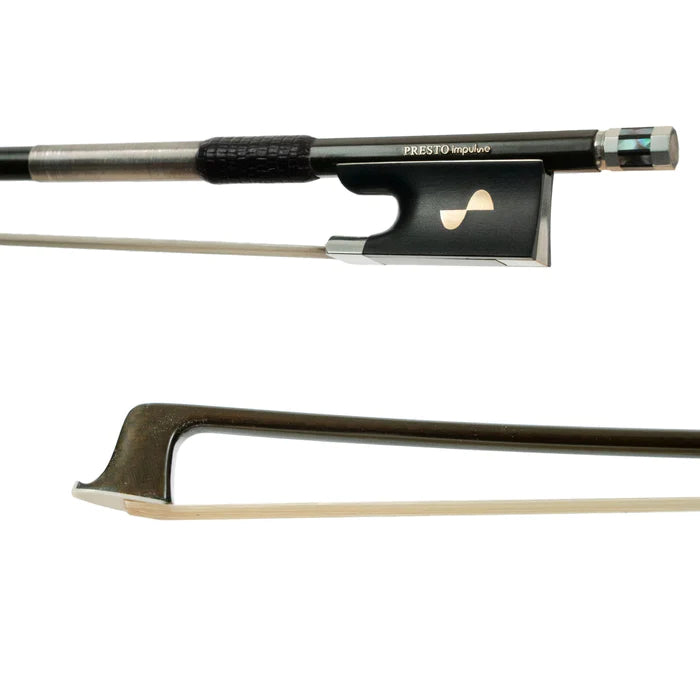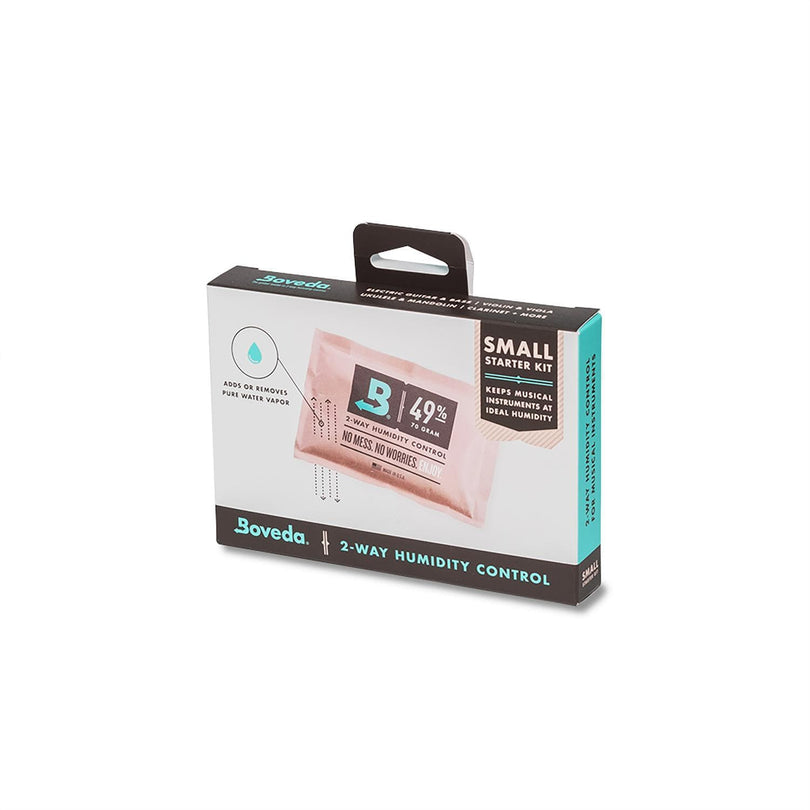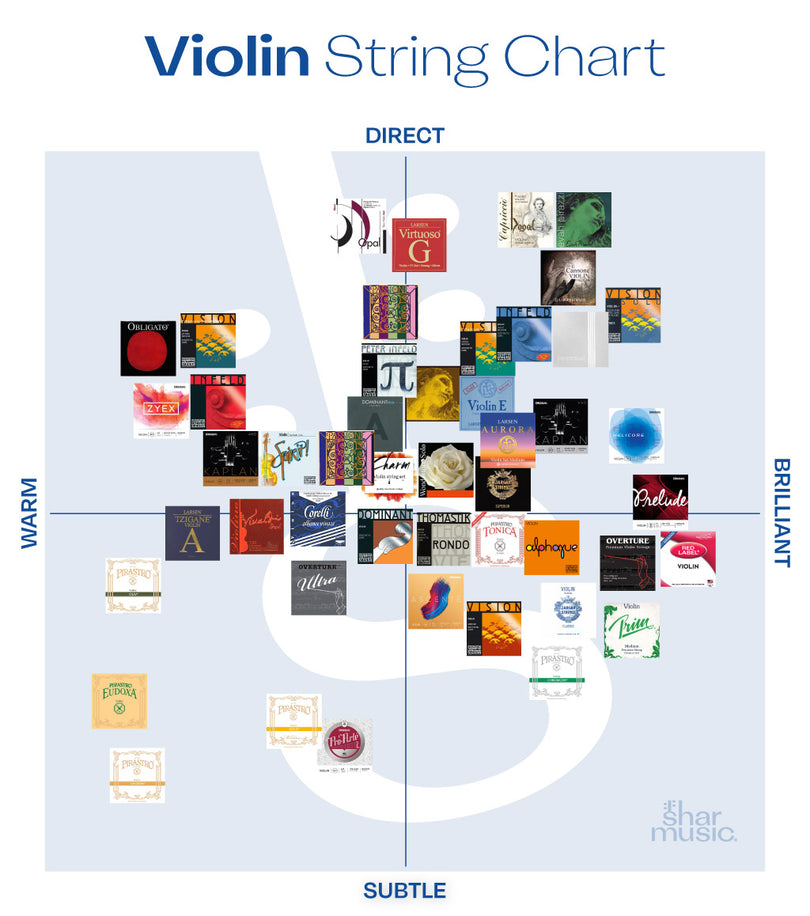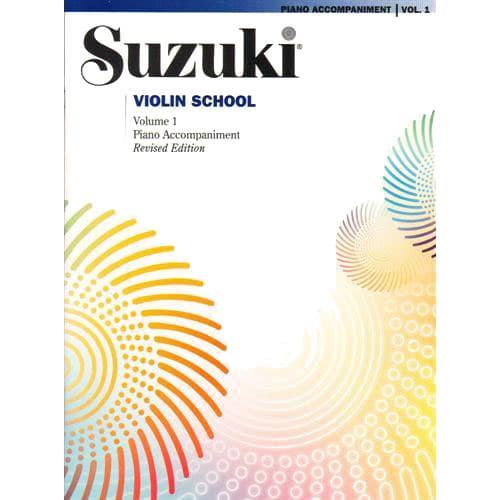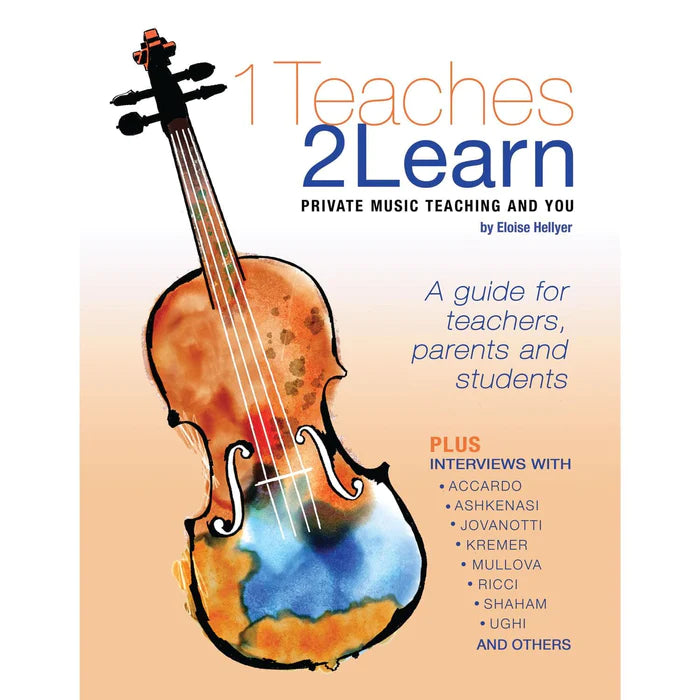Shar Music believes in Music! Daily practice is where joy meets discipline and technique transforms into artistry. Whether you're a beginner or seasoned player, these six building blocks will elevate your tone, technique, and musical confidence.
1. Long Tones - Develop a Singing Sound
🎯 Focus Areas: steady bow speed, tone evenness, relaxed posture
- Use son filé exercises-focus on maintaining an even tone and dynamic throughout each bow stroke, like singing a long phrase on one breath.
- Play slow whole-note scales (Metronome ~60 bpm+), listening for consistency and smooth transitions.
- Tune into body awareness: shoulders, breath, hands. Avoid tension anywhere.
We recommend that parents and teachers carry these exercises into your students' practice routines. A pleasing tone is the foundation of musical expression.
2. Scales & Arpeggios - Build Framework for Technique
🎯 Focus Areas: smooth finger patterns, light hands, bow control
- Play scales both slow (tiny detail) and fast (16th-note runs).
- Practice slurred 2-note & 4-note patterns to strengthen bow-wrist coordination.
- Work beyond arm motion-develop agility in wrist and fingers for clean phrasing.
3. Double Stops - Harmonically Rich Intonation
🎯 Focus Areas: clean string contact, bow focus, ear training
- Start with open-string intervals; expand to thirds, sixths, and octaves over time.
- Focus on balanced tone on both strings and smooth bows.
- Sharp ear + bow precision = clearer intonation and clarity.
Why it matters: For teachers and motivated learners, double stops highlight tuning and reflexive bow control-skills that shine in all repertoires.
4. Bow Control - Master Lower-Half Playing
🎯 Focus Areas: steady tone near the frog, hand balance. Avoid any lifting of the shoulder.
- Deliberately work on the lower half of the bow; it's common to avoid, but essential for control.
- Use beginner repertoire, playing entire phrases between frog and midpoint of the bow.
- If tension arises-especially near the frog-connect with your teacher to realign bow hold and posture.
5. Metronome Mastery - Rhythmical Precision
🎯 Focus Areas: pulse accuracy, internalized tempo
- Alternate days: one day with metronome on every note, the next without-hone internal rhythm.
- Apply this to scales, etudes, pieces-especially lyrical ones prone to tempo drift.
- A steady pulse gifts students' confidence in ensembles and performances.
6. Shifting - Smooth Position Changes
🎯 Focus Areas: relaxed movement, thumb alignment, fluid finger placement
- Practice shifts outside of repertoire-use scales or simple exercises in higher positions.
- Monitor physical tension-thumb, neck, shoulder-and troubleshoot setup or posture issues promptly.
- Shifts should feel effortless, unlocking access to richer, advanced repertoire.
🗓️ Putting It All Together: A Weekly Rotation Plan
Long tones plus scales must be addressed in every practice session.
- Choose 2-3 other techniques per session and rotate throughout the week.
- Within a week, each area gets attention-no skill gets left behind.
💬 Shar Music Takeaway
Shar Music's mission is to inspire joy, build community, and uplift music-makers. These daily technique pillars are more than exercises-they're gateways to lifelong musicianship. Encourage your students (or yourself!) to embrace them in flexible rotations that grow with you.

